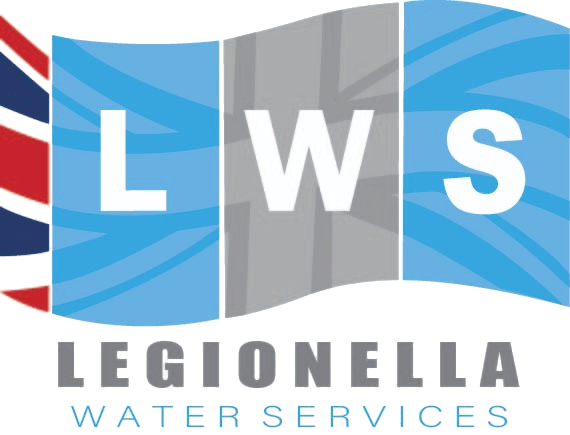UNDERSTANDING LEGIONELLA
AND ITS DANGERS
Legionella, a genus of pathogenic bacteria found in natural and artificial water sources, has garnered increasing attention due to its potential to cause Legionnaires’ disease—a severe respiratory illness. This feature aims to shed light on Legionella, exploring its characteristics, the risks it poses to public health, its mode of transmission, and crucial preventive strategies.
Understanding Legionella
Taxonomy and Classification:
Legionella is a Gram-negative, rod-shaped bacterium belonging to the family Legionellaceae. The genus comprises over 50 species, with Legionella pneumophila being the most prevalent and pathogenic species.
Habitat and Growth Conditions:
Legionella thrives in aquatic environments, including natural freshwater sources like rivers and lakes, as well as artificial water systems such as cooling towers, hot water tanks, air conditioning systems, and spas. The bacteria flourish in temperatures ranging from 20 to 50 degrees Celsius (68 to 122 degrees Fahrenheit) and often coexist with amoebae, which serve as hosts.
The Risks Posed by Legionella
Legionnaires’ Disease:
- Symptoms: Legionnaires’ disease manifests as severe pneumonia with symptoms like high fever, cough, shortness of breath, muscle aches, and headaches.
- Severity: In severe cases, the disease can lead to respiratory failure, acute kidney failure, septic shock, and even death.
Pontiac Fever:
- Symptoms: Pontiac fever is a milder form of Legionella infection, presenting with flu-like symptoms, including fever, headache, muscle aches, and fatigue.
- Recovery: Unlike Legionnaires’ disease, Pontiac fever typically resolves on its own without specific treatment.
Transmission and Exposure:
Inhalation of Contaminated Aerosols:
- Legionella-contaminated water droplets become airborne and are inhaled, primarily during activities like showering, using a humidifier, or exposure to air conditioning systems.
- Vulnerable Populations: Individuals with weakened immune systems, elderly individuals, smokers, and those with underlying health conditions are at higher risk of severe illness.
Aspiration:
Aspiration of contaminated water into the lungs, particularly among individuals with impaired swallowing reflexes, can lead to Legionella infection.
Preventative Measures and Control Strategies
Water System Maintenance and Monitoring:
- Regular cleaning, disinfection, and maintenance of water systems to minimize Legionella growth.
- Monitoring water temperature to ensure it remains outside the bacteria’s preferred growth range.
Risk Assessment and Management:
- Conducting risk assessments of water systems to identify potential sources of Legionella and implementing appropriate control measures.
- Engaging water treatment professionals to design and implement effective water management plans.
Public Awareness and Education:
- Raising public awareness about Legionella risks and preventive measures through educational campaigns and information dissemination.
- Educating healthcare professionals on early recognition, diagnosis, and appropriate treatment of Legionnaires’ disease.
Conclusion
Legionella represents a significant public health concern, necessitating a proactive approach to prevent and manage infections. By understanding the characteristics, risks, modes of transmission, and implementing effective preventive strategies, we can mitigate the threat posed by Legionella and protect the well-being of communities.
Contact US






